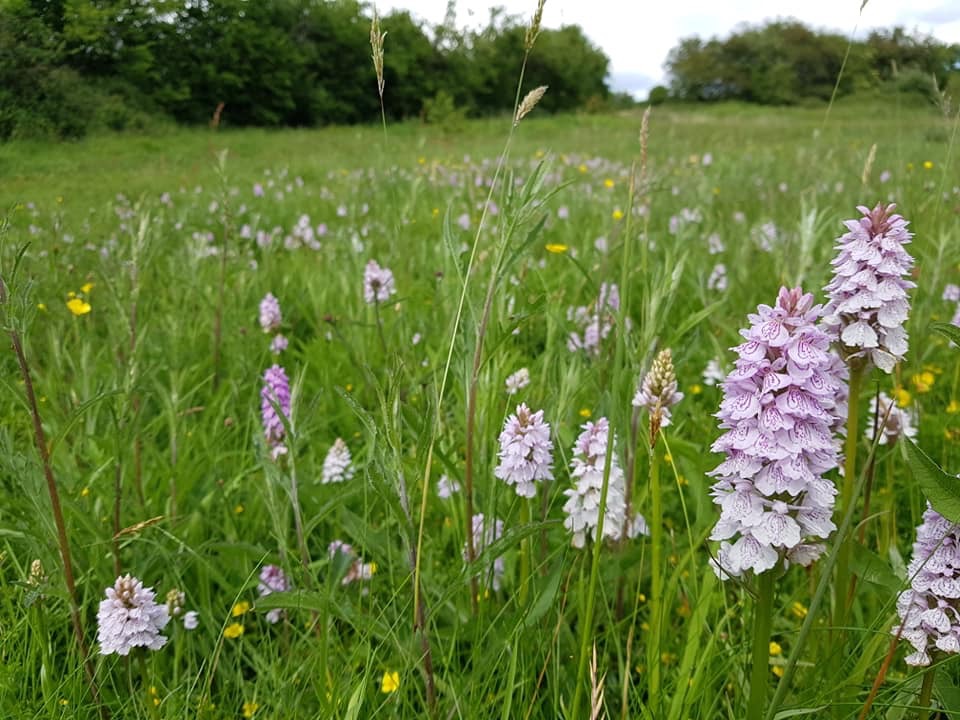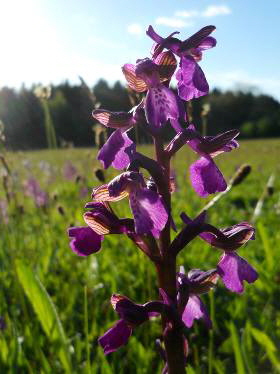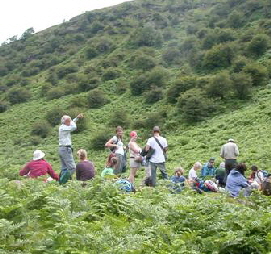The vice county of Monmouthshire is botanically diverse with a wide range of habitats from the nationally important semi-natural ancient woodlands in the east to the moorland and mires of the South Wales coalfield in the west and the saltmarshes of the Gwent Levels to the south.
The agricultural heartland of the county is home to several nationally threatened arable plants such as Corn Spurrey (Spergula arvensis) Stinking Chamomile (Anthemis cotula) and Sharp-leaved Fluellen (Kickxia elatine).
The county also has a significant population of Wild Daffodils (Narcissus pseudonarcissus) in Wales as well as rarities such as Tintern Spurge (Euphorbia serrulata) and Fingered Sedge (Carex digitata).
The Flora of Monmouthshire (2007) by Trevor Evans has detailed accounts of all the species to be found in the county and is available by post from Trevor Evans or Steph Tyler.
Botany Group
The Monmouthshire Botany Group was established in 2013. It already has more than 30 participants with between 10-20 attending field meetings. The group provides an opportunity for both beginners and those with some botanical knowledge to improve their field ID skills.
All are welcome to join the group and meet fellow and aspiring botanists.
Visit Monmouthshire Botany Group on Facebook.
Here is the 2024 field meetings programme for VC35.

County Recorders

Documents
The first Rare Plant Register for Monmouthshire was published in 2007 by Trevor Evans.
You can now download a pdf of the updated 2023 Rare Plant Register . Please send any additions, updates and corrections to the county recorders (above) and they will be included in the next edition.
The 2007 Flora of Monmouthshire by Trevor Evans is available online here.
